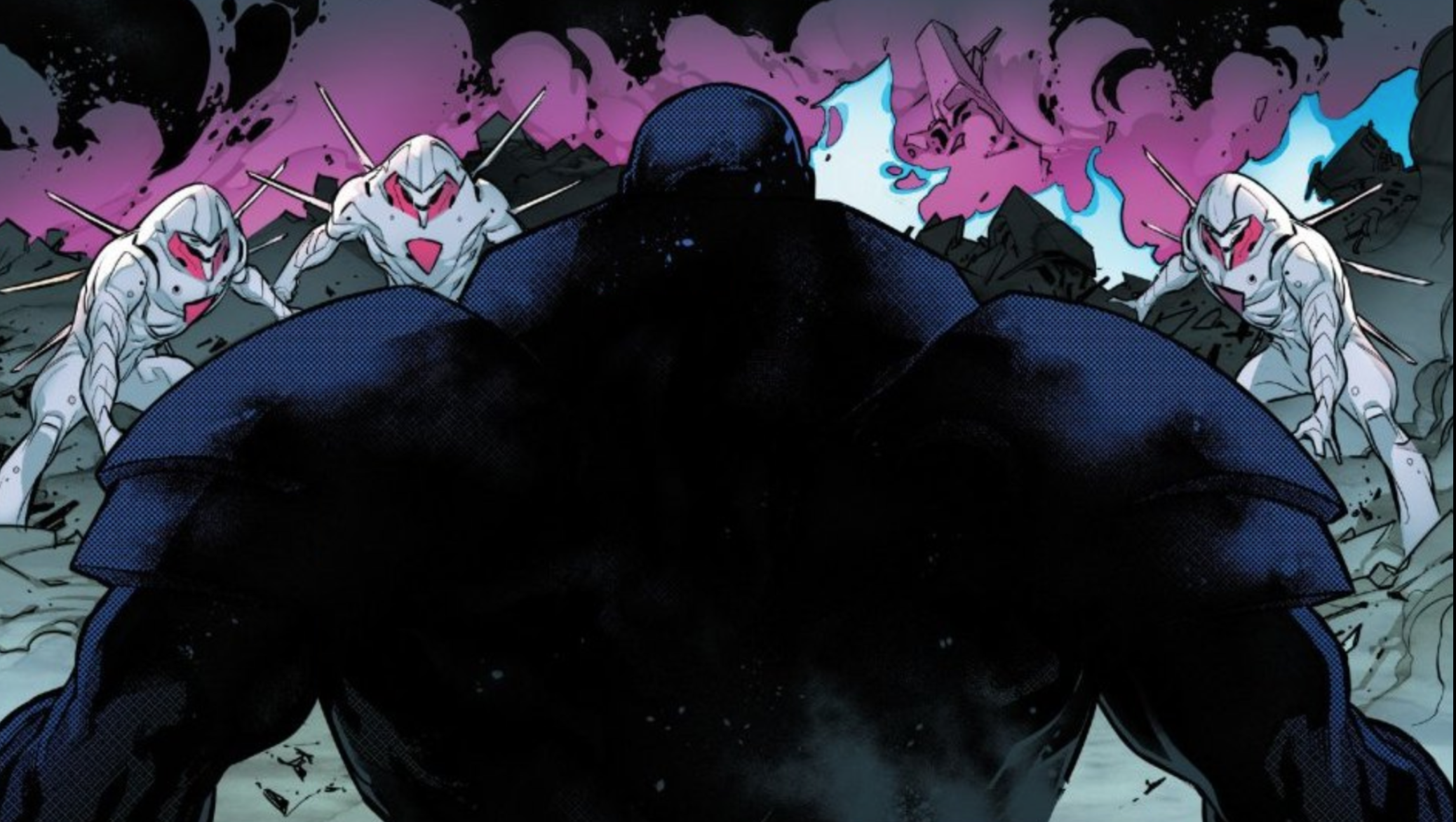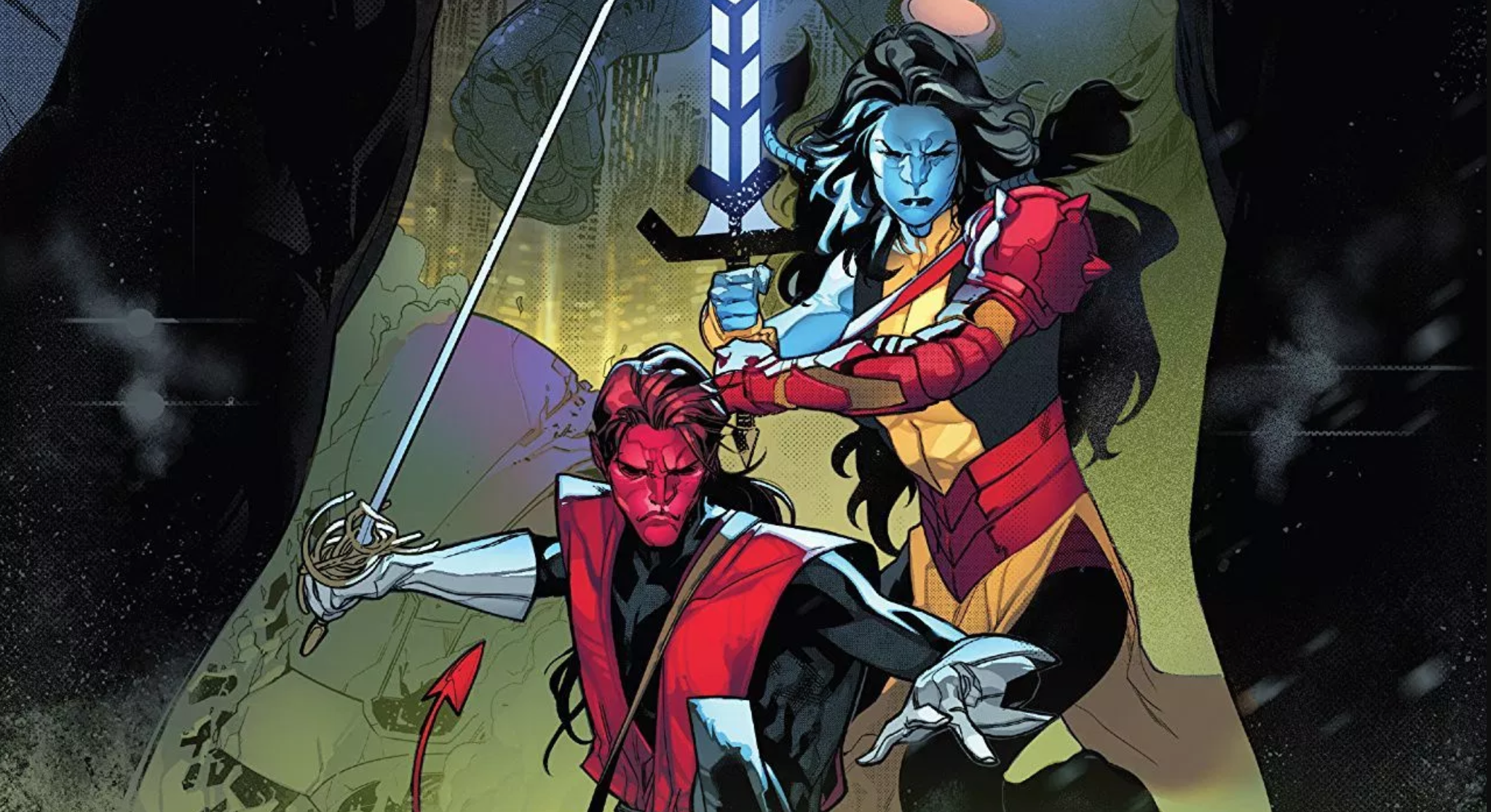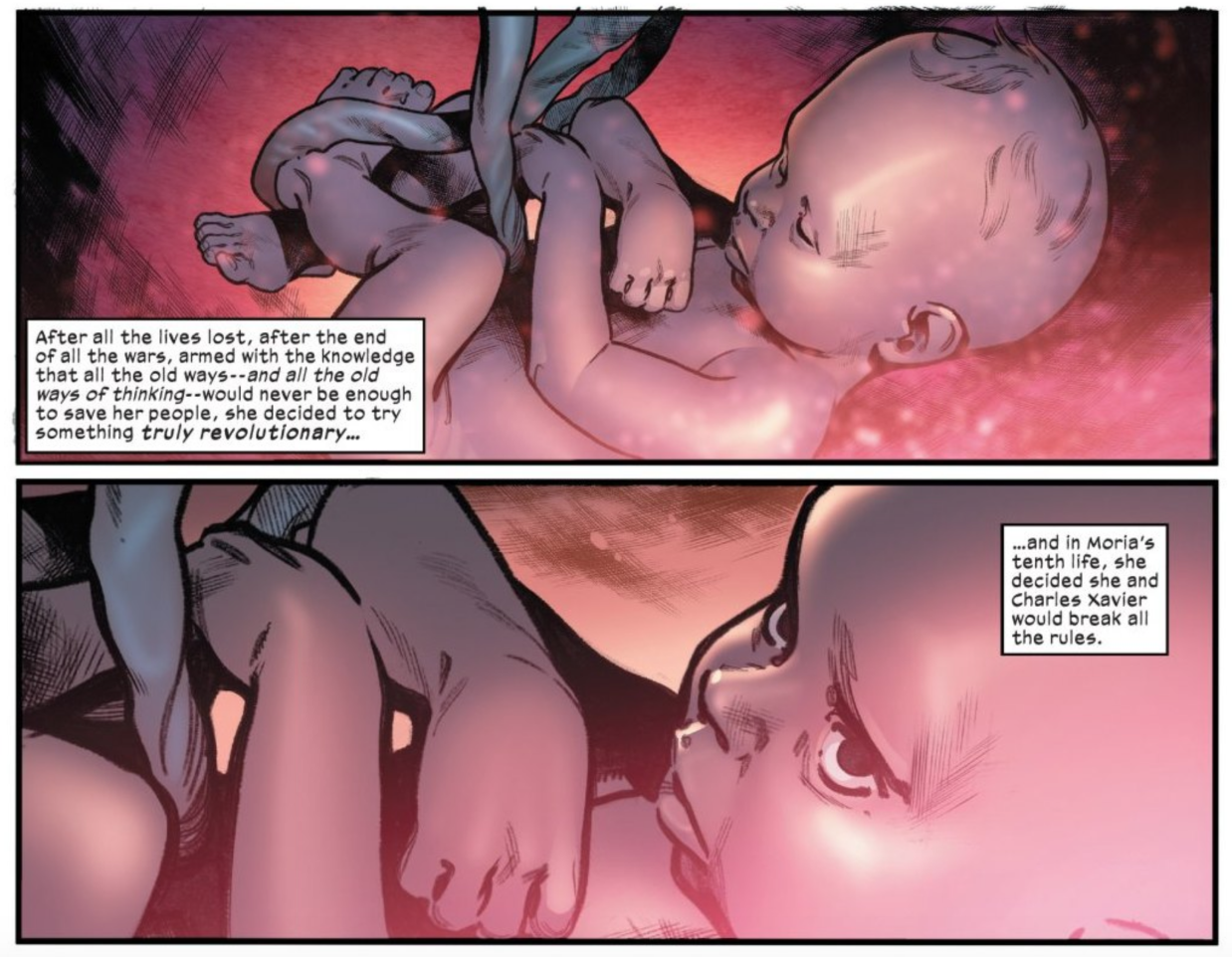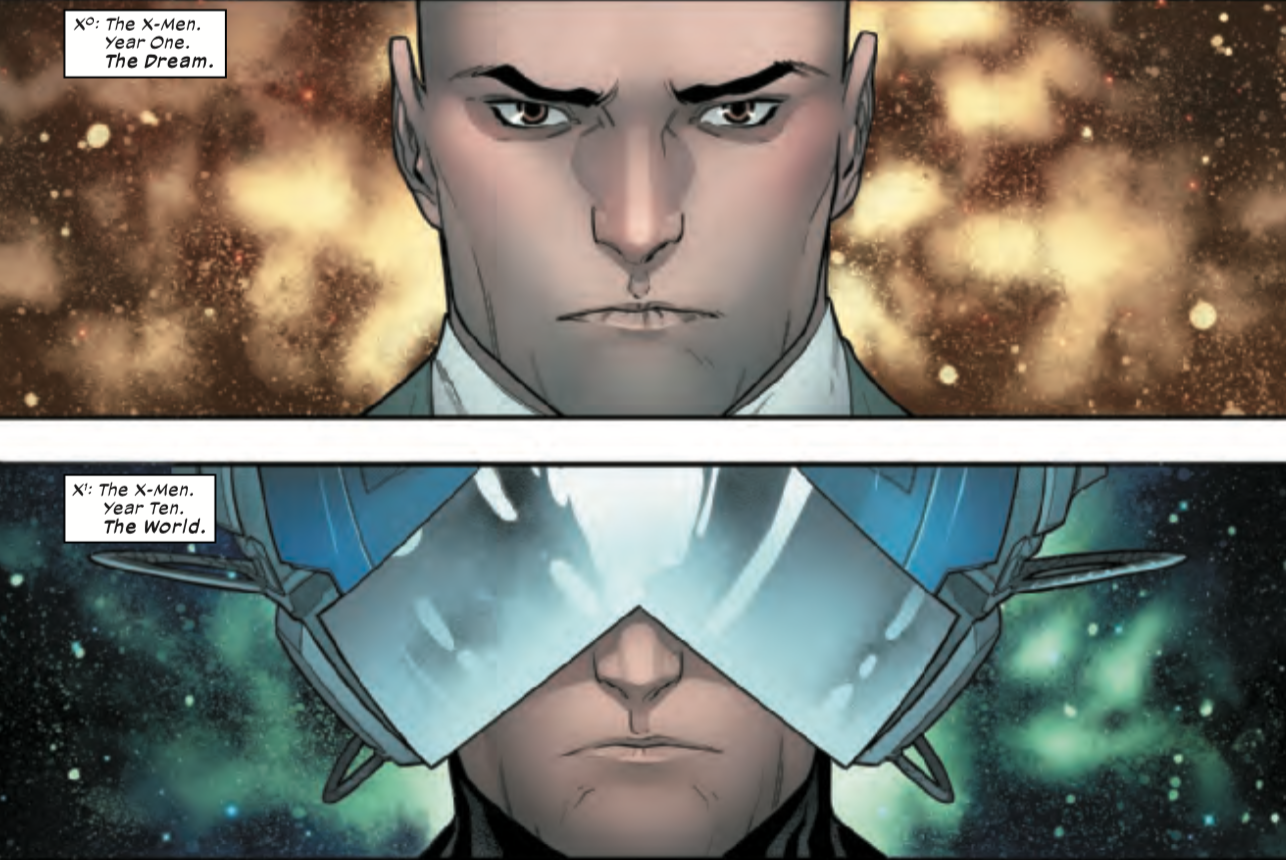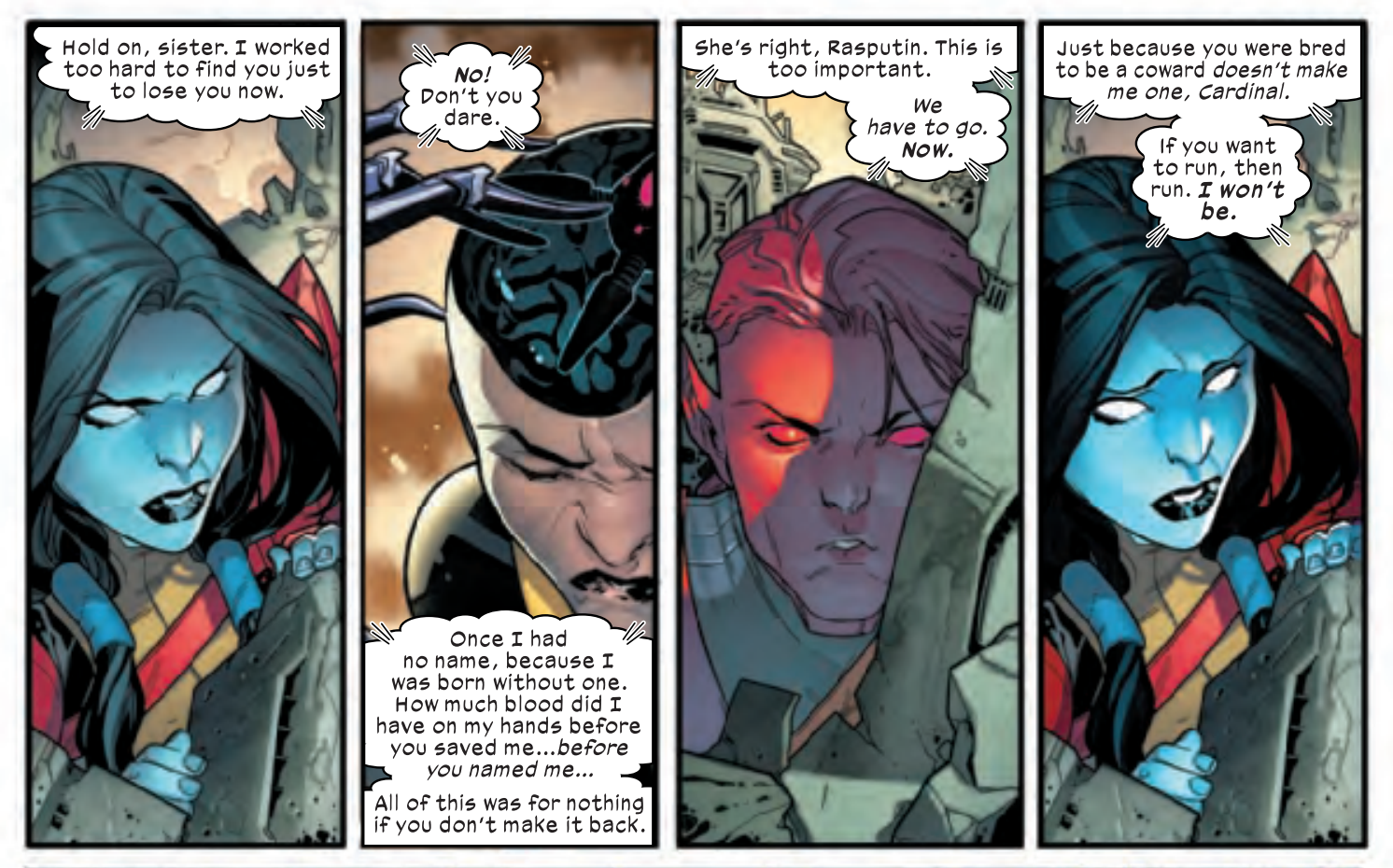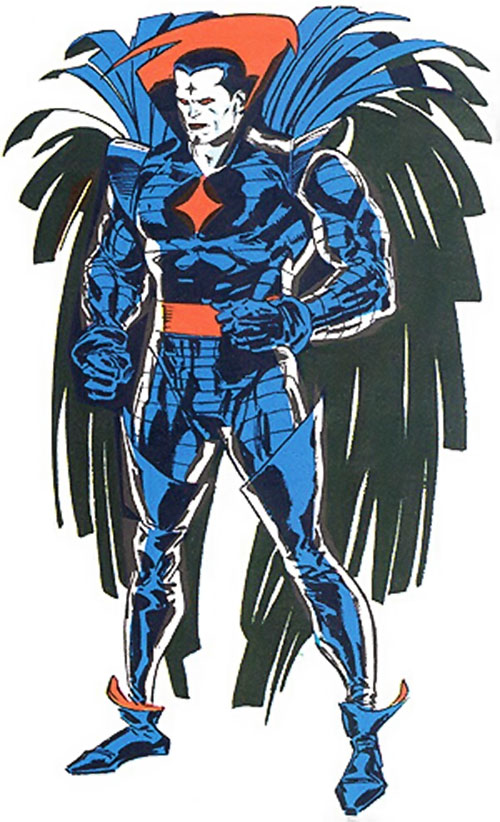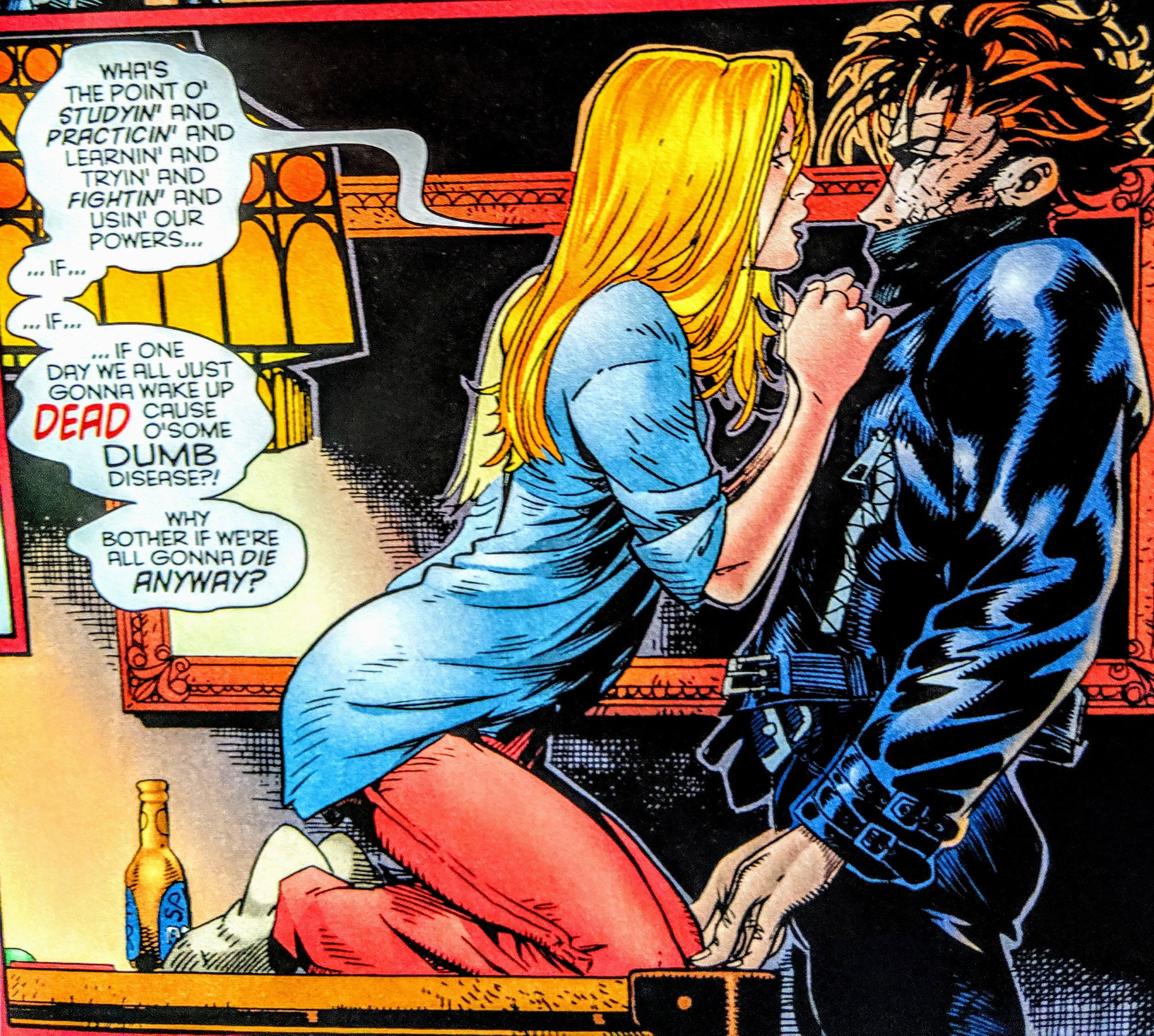It Will Be Done
“It Will Be Done”
House of X #4 (2019)
Written by Jonathan Hickman
Art by Pepe Larraz
Color art by Marte Gracia
How do you write your way out of this?
If this issue was in fact the demise of six crucial X-Men characters – Cyclops, Wolverine, Jean Grey, Nightcrawler, Archangel, and Mystique – plus Husk and possibly Monet for good measure, it would be one of the best character send-offs in the history of Marvel publishing. Dramatic, triumphant, tragic, horrifying. It’s the ultimate X-Men story, really. It truly puts to shame all previously published deaths of these characters. (Yes, almost all of them have died at least once, and with the exception of Jean’s various deaths, they’ve all been in either underwhelming or outright awful stories.)
But we know very well in advance that most or all of these characters will return for Dawn of X next month. Cyclops, Wolverine, and Jean Grey are on the cover of the forthcoming X-Men #1, written by Jonathan Hickman. The reader is fully aware of this, and Hickman is playing on this knowledge in the story. This is his version of Harry Houdini putting on handcuffs and leg-irons, getting locked in a packing crate, and getting lowered into the East River.
How is he going to write his way out of this??
But let’s not speculate. At this point we know this is a mug’s game. The outcome of this issue is enough to remind us that the radical narrative moves of HOX/POX isn’t about to let up at any point.
“It Will Be Done” is framed by an internal X-Men report on the two major extinction-level events for mutants – the Genoshan genocide at the start of Grant Morrison’s New X-Men and the “mutant decimation by the pretender Wanda Maximoff” in Brian Michael Bendis’ House of M. The document – “Look At What They’ve Done” – fills in other major mutant crimes and files them by affiliation. Given the particular anger towards Wanda “Scarlet Witch” Maximoff and the strident tone of the document, in which the Avengers are put on equal footing with flagrantly anti-mutant hate groups like the Purifiers and Reavers, the implication would be that the document was created by Magneto.
But this issue isn’t about Magneto’s rage, it’s about Xavier’s. We see him at the end of the issue a broken man, with most of his closest and most beloved students and lieutenants dead after stopping yet another attempt at genocide by the humans. The final pages let his resolution - “no more” – echoing out through the images of the tragedy of this issue, and the endless series of hate crimes presented over the past two decades of publishing.
It’s a powerful use of text, particularly in the context of how the text pages have been used for dry informational purposes so far through the series. This is all emotion. Grief, then rage, then resolve: NO MORE.
The pages directly reference Wanda Maximoff at the end of House of M, so it’s certainly intentional that Xavier is echoing her fateful words – “no more mutants” – in House of X. But what will Xavier do? It had already seemed like he’d gone radical from the start of the story. What is the next step further?
Pepe Larraz continues to impress with this issue, delivering some of the best action scenes I’ve seen in comics in many years. His pacing – which I suppose to some extent is the pacing of Hickman, but still – is exquisite, and he gives each moment of triumph and tragedy an appropriate level of gravitas. I particularly love his shots of the Mother Mold, which are consistently ominous but oddly beautiful – a sci-fi bust sculpted by Jack Kirby, backlit by the sun. The scene in which Wolverine destroys it as it vaingloriously rants about its own creation myth, couched in the story of Prometheus. As predicted, the AI was not fully mature. The X-Men have snuffed out a mad god.
Some major questions going into the last 5 issues of HOX/POX:
• What becomes of the “dead” X-Men? And is this development setting up the answer to the question of what Xavier was doing in the first scene of House of X #1, and an explanation of how it is that the two Stepford Cuckoos killed in New X-Men are alive and well?
• What is the “true purpose” of Cerebro?
• How will the agendas of Apocalypse, Mister Sinister, and Exodus fit into all of this?
• Where is Moira X now?
• What is happening with the Phalanx in the far future of the Moira 9 timeline, and how does it relate to what is happening in the primary timeline?
• What happened in Moira’s sixth life?
• How did Xavier and Moira learn of the true capabilities and potential of Krakoa?
• What about the drugs for humans?








